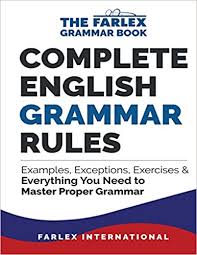THE DIFFERENCES BETWEEN "AS" AND "HAS"

The correct use of AS and HAS. Oftentimes, people (especially beginners and non-native speakers of English) use both AS and HAS wrongly, most times, interchangeably. They are different words and they are not even synonyms so one shouldnt be used for the other. In this lesson, we will examine the correct usage of both words and their differences because understanding grammar is key to understanding a language. AS /æz/ AS belongs to two different parts of speech. It is both an adverb and a conjunction, depending on its usage in a sentence. The main uses of 'As' It is used to compare things which are (almost) equal: It is used to compare two or more things that are equal or almost equal in age, colour, length, size, particle etc. Examples: He is as old as she is. (They are the same age). She's wearing the same shoes as I am. (We're both wearing the same shoes). 1. I work as hard as he does. (We both work the same amount). 2. Your house is as large as ...
